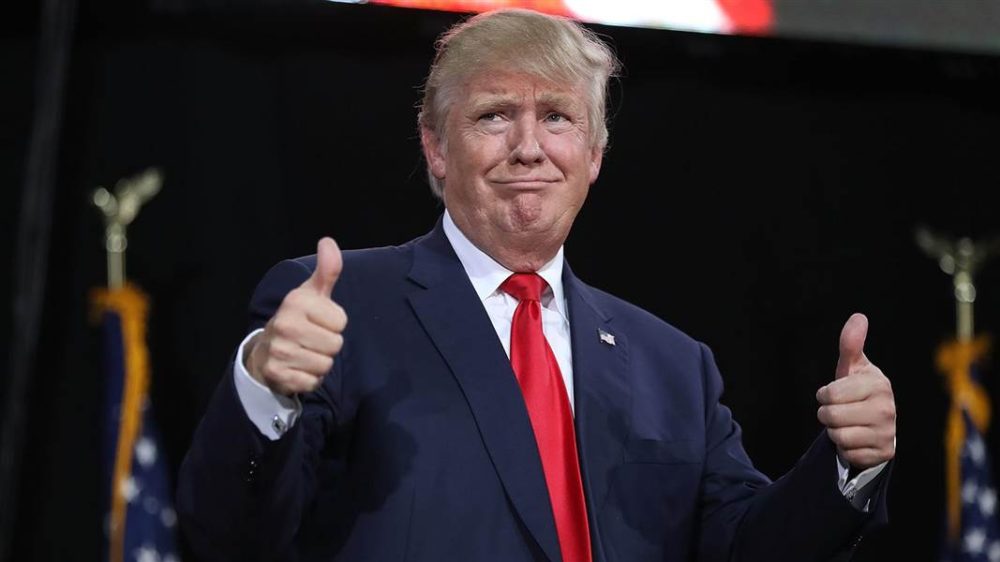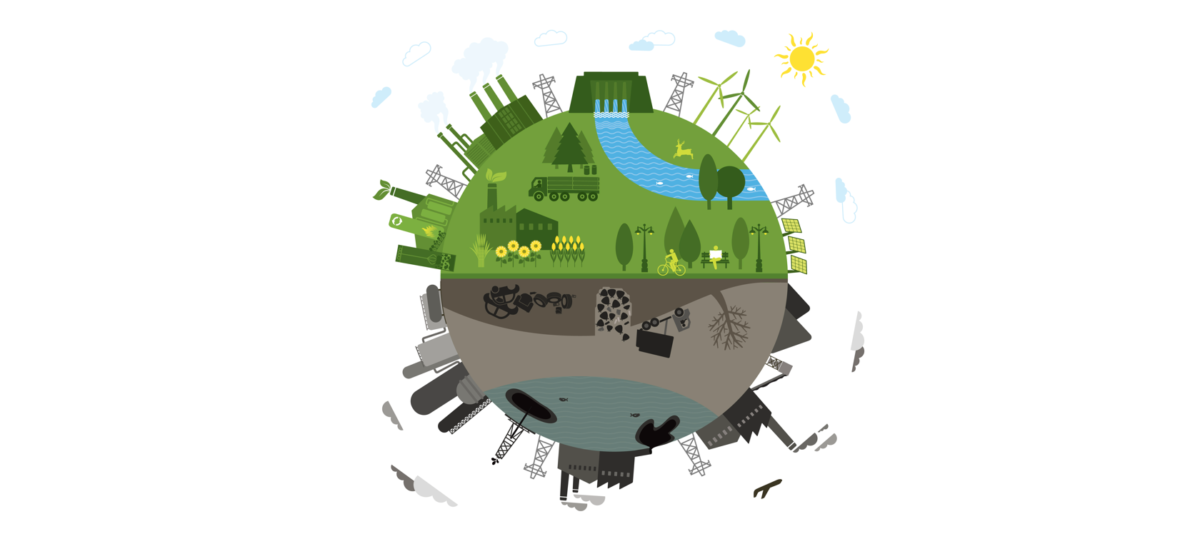
Turning on your light using the neighbour’s energy…
That sounds illegal at first, right? But this may soon become the future!
Blockchain is one of the buzzwords of the century, but could be the solution to peer-to-peer energy trading. The idea of this is, that my neighbour and I both produce our own energy due to e.g. solar panels on our roof. Meanwhile, the “Smart Energy Meter” in my cellar compares my production and consumption of electricity. If I now require more electricity than I produce, I have the opportunity to buy this from other solar panel owners with an excess supply in my neighbourhood via a blockchain (Next Kraftwerke, 2019). In this case everyone becomes a “prosumer” (consumer and producer combined). The blockchain allows two or more parties to make transactions with one another, without the presence of an intermediary such as a bank or trader and an increased focus on security (dena, 2019).
Ultimately, everyone would be able to buy and sell their own energy, based on their individual production and consumption. The image above (Woerner et al., 2019) illustrates this quite clearly. The left side of the image shows the traditional supply of energy through the utility, and the image on the right shows how this is decentralised by the blockchain. The next step is that I can even sell back my excess energy supply to the utility company as an alternative to selling to my neighbour, in the blockchain-based system.
The city Wuppertal in Germany was the first in Europe to sell renewable energy via a blockchain. In the image above you can still see the utility companies or energy providers who supply their share into the energy grid. Yet, over time the blockchain technology decentralises the energy industry, which leads to lower energy costs, as stock / commodity markets are skipped. In the long-term this could lead to the elimination of energy providers, leaving only the prosumers in the market.
As interesting as this may sound, a barrier to implementation is the increased effort for consumers associated with this model. Energy providers must develop their own platforms to facilitate peer-to-peer trading. Otherwise, this will result in the lack of adoption due to increased complexity and lack of motivation amongst the general population.
Overall, would you become a prosumer?
Sources:
dena – Deutsche Energie-Agentur, (2019). Revolutioniert Blockchain die Energiewirtschaft? [online] Available at: https://www.dena.de/newsroom/revolutioniert-blockchain-die-energiewirtschaft/ [Accessed 11 October 2019].
Next Kraftwerke, (2019). Wie funktioniert Blockchain in der Energiewirtschaft? [online]. Available at: https://www.next-kraftwerke.de/wissen/blockchain [Accessed 9 October 2019].
Woerner, A., A. Meeuw, L. Ableitner, F. Wortmann, S. Schopfer and V. Tiefenbeck (2019). Trading solar energy within the neighborhood: field implementation of a blockchain-based electricity market. Energy Informatics, [online] 2 (11). Available at: https://doi-org.eur.idm.oclc.org/10.1186/s42162-019-0092-0 [Accessed 10 October 2019].



